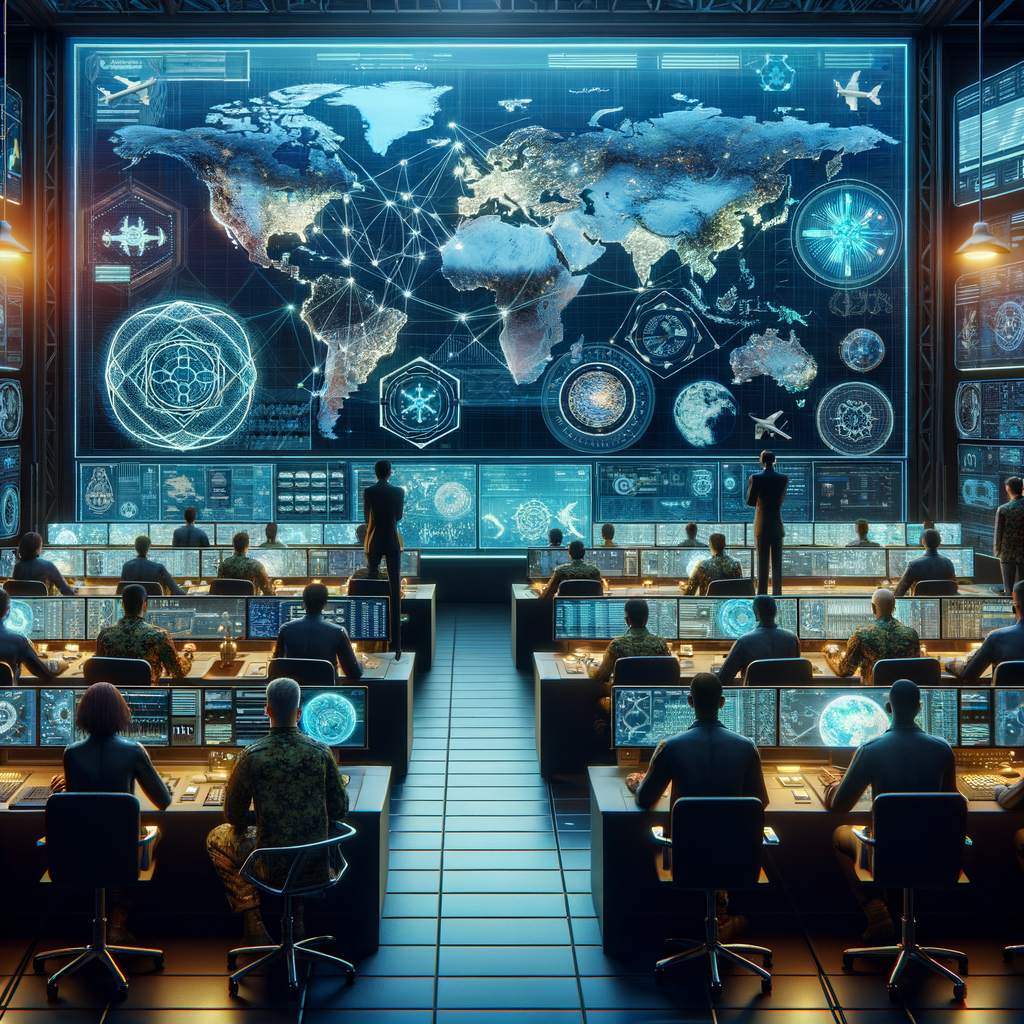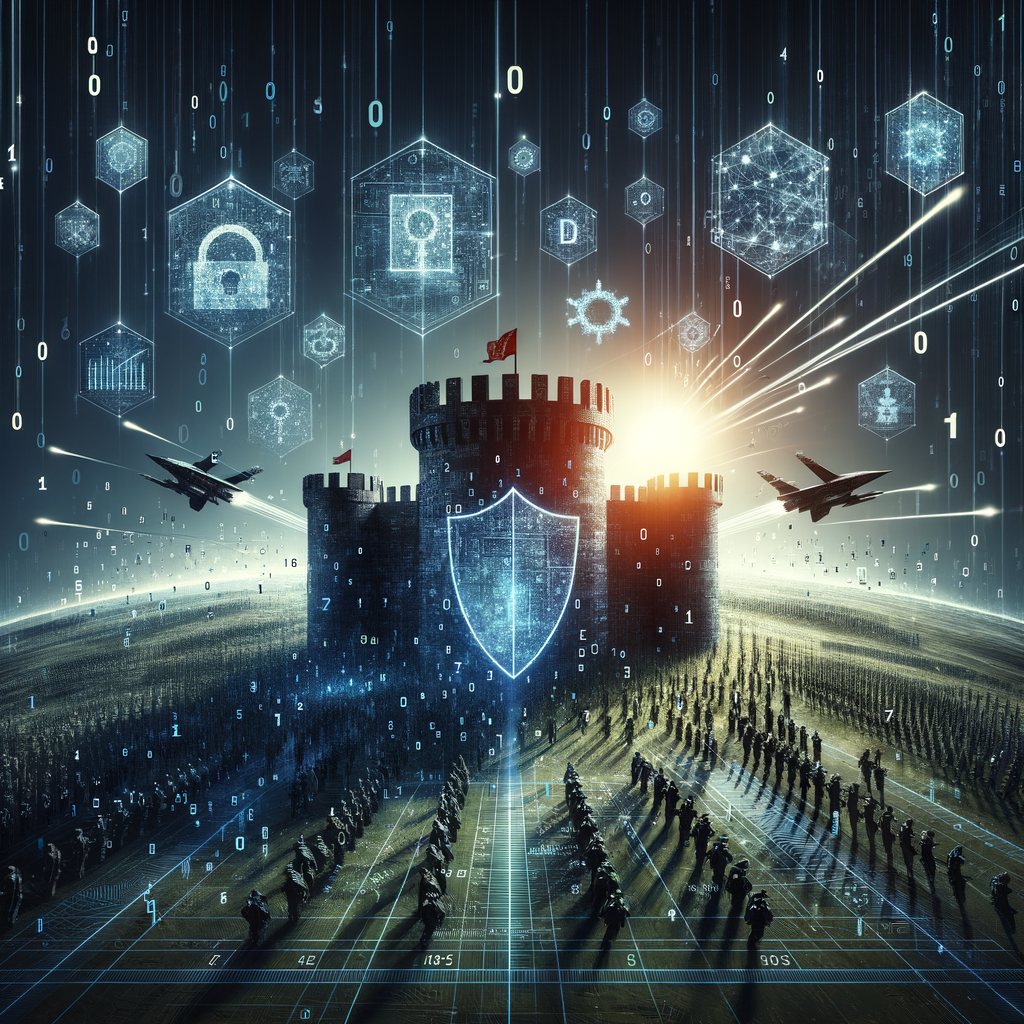In the vast and technologically sophisticated realm of the defense industry, challenges are as common as the innovations aimed at overcoming them. One of the most pressing challenges today is cyber security. As defense systems grow increasingly interconnected and reliant on digital technologies, the vulnerability to cyber attacks escalates, posing a significant threat to national security.
So, why exactly is cyber security such a big deal in the defense industry? Well, it’s not just about protecting data; it’s about safeguarding our nation’s security infrastructure. In an era where warfare strategies entail more than just physical combat but extend into the cyber arena, securing these systems becomes paramount.
Understanding the Cyber Threat Landscape
First things first—what does the cyber threat landscape look like in the defense sector? It’s vast and terrifying if you’re on the wrong end of it. Cyber threats in defense range from espionage aimed at stealing classified information to sabotage such as shutting down critical defense operations or manipulating data. Imagine the chaos if an adversary could take control of a nation’s missile defense system. Not a pretty picture.
The Complexity of Defense Networks
The complexity of defense networks adds to the cyber security challenge. With Countless devices, from handheld communicators to massive data centers, all intertwined, securing every endpoint is a Herculean task. Each device, each line of code, could potentially be a vulnerable entry point for cyber threats.
Real-World Example: The F-35 Lightning II
Take, for example, the F-35 Lightning II, one of the most advanced fighter jets in the world. It’s not just a feat of aerospace engineering but a massive integration of interconnected systems managing everything from navigation to combat operations. The data it generates and exchanges is immense and, if fallen into the wrong hands, could reveal critical operational tactics. The Protection of such assets is critical and illustrates the enormity of the challenge in defense cyber security.
How Are These Threats Being Addressed?
Addressing these threats isn’t straightforward. It involves layers of security, constant vigilance, and a deep understanding of potential attack vectors. Defense contractors and government bodies often work together to fortify their systems. Initiatives like risk management frameworks and continuous monitoring are part of a broader strategy to shield against and respond to threats swiftly.
Can AI and Machine Learning Help?
The role of artificial intelligence (AI) and machine learning (ML) in this context is also worth noting. These technologies can help predict and identify potential cyber attacks based on patterns and anomalies that human analysts might miss. However, as much as AI and ML can fortify cyber defenses, adversarial AI can also be used by attackers to break through these defenses, creating an ongoing tech arms race.
Collaboration Between Public and Private Sectors
Moreover, collaboration plays a crucial role. The public sector, often equipped with stringent regulations and vast resources, and the private sector, brimming with innovation and agility, need to work hand-in-hand. Information sharing about threats and defenses can fortify the overall security posture.
Regulatory Compliance: Boon or Bane?
Then there’s the aspect of regulatory compliance. Regulations are meant to set a security baseline. However, they can sometimes be seen as a checkbox exercise, limiting innovation. Balancing compliance with the flexibility to innovate is a delicate dance for many defense contractors.
Cyber Security Training: Are We Doing Enough?
Training and awareness are also critical. Technological solutions are only as good as the people who use them. Regular training sessions, simulations, and drills to prepare defense personnel can make a significant difference in the overall security posture. Yet, the question remains: are we doing enough to keep our personnel updated on the latest in cyber defense strategies?
Looking Ahead: The Future of Cyber Security in Defense
Looking to the future, the evolution of cyber defense strategies will likely integrate more advanced technologies such as quantum computing, which could either enhance defense systems or give adversaries a new tool for attacks. The defense industry must stay ahead of the curve, not just technologically but also strategically.
In conclusion, while the challenge of cyber security in the defense industry might seem daunting, it’s also a driver of innovation and collaboration. The stakes are undoubtedly high, but the focus on developing and implementing robust cyber defense strategies continues to be a top priority. As we continue to advance technologically, the resilience of our cyber defenses will be crucial in defining the landscape of modern warfare and national security.





